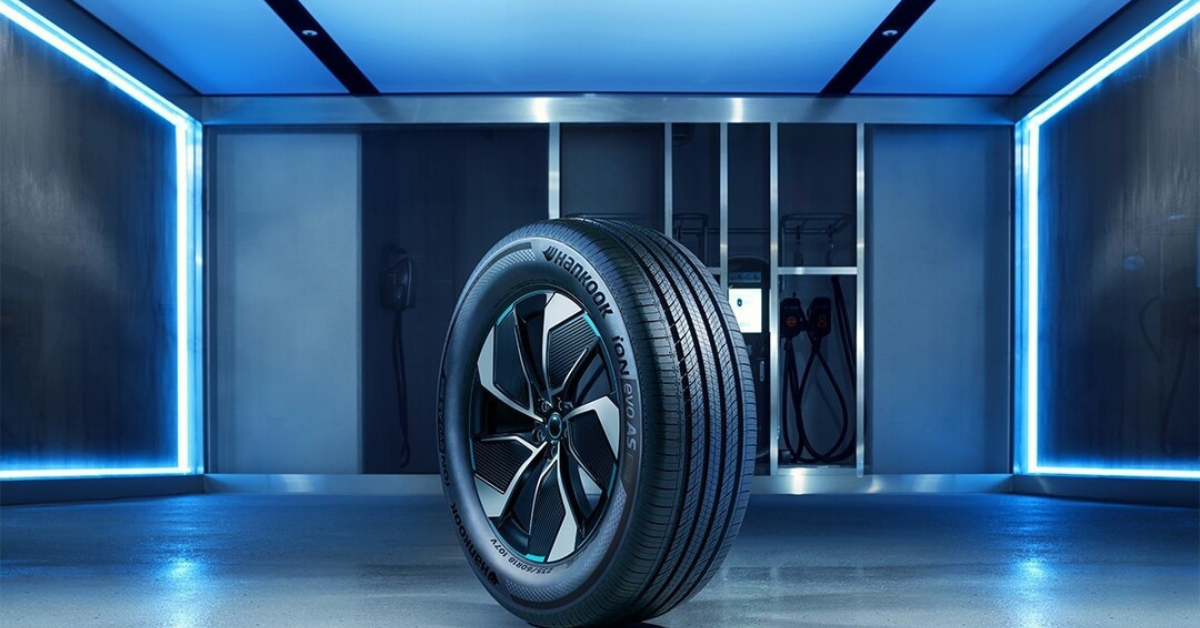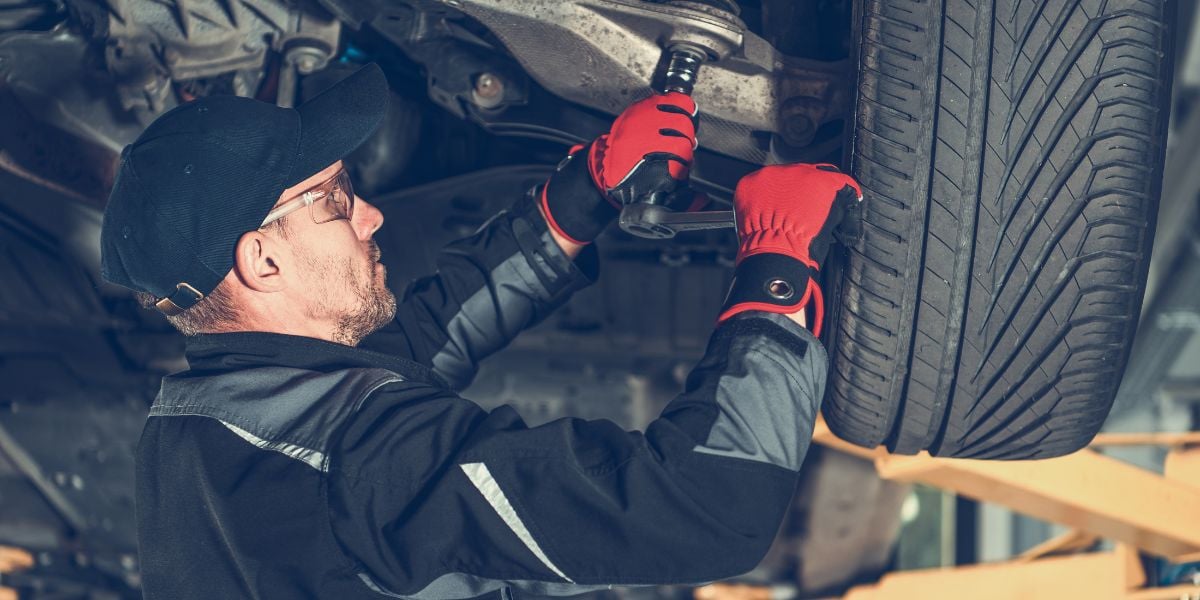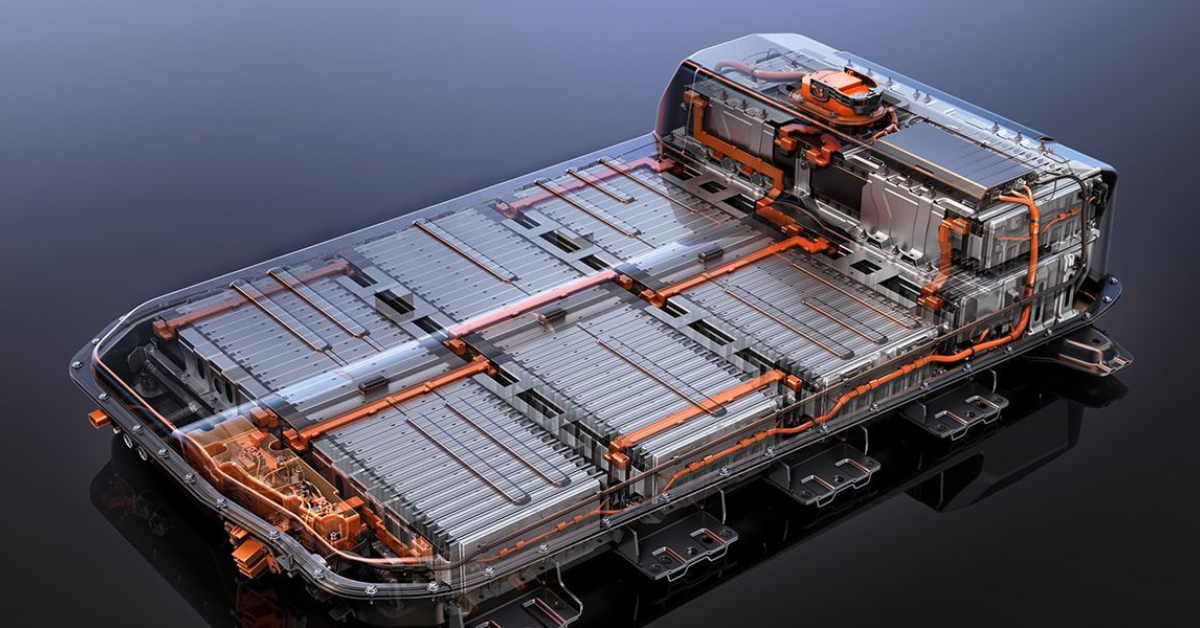Cleaning in the automotive remanufacturing field
Cleaning in automotive remanufacturing plays a crucial and multifaceted role, serving as the foundation upon which high-quality restoration of components can take place. Within remanufacturing, where the goal is to return worn, used, or defective parts to like-new functional condition, cleanliness is not simply a support activity but a determining factor affecting efficiency, reliability, and sustainability.
It all starts from the core
The process begins the moment a core—meaning a used component intended for remanufacture—arrives at the facility. Cores typically carry years of accumulated contaminants: oil residues, grease, carbon deposits, corrosion layers, road dust, metal chips, coolant residues, and various forms of environmental grime. These materials conceal wear patterns, crack initiation points, potential defects, and the underlying metallurgy of the part. Therefore, effective cleaning is the gateway to accurate inspection, measurement, and reprocessing strategies. Without proper cleaning, technicians cannot make informed decisions on whether a component is reusable, repairable, or needs replacement. Cleaning also functions as a protective step for machinery and tools used in subsequent stages. Equipment such as CNC machines, grinders, measurement systems, and ultrasonic testers depend on contaminant-free surfaces to deliver accurate results. Foreign substances can impair the precision of these tools, contaminate cutting fluids, damage abrasive surfaces, or interfere with electronic sensors.
Cutting-edge technology
Because remanufacturing seeks to maintain high levels of repeatability, cleanliness ensures consistency. By removing dirt and deposits early in the workflow, the entire chain of operations can proceed predictably and without interruption. There is a broad spectrum of cleaning technologies used in automotive remanufacturing, and choosing the right method depends on the material of the component, the geometry, the type and quantity of contaminants, and the environmental considerations of the facility. Traditional mechanical cleaning methods, such as shot blasting, bead blasting, or abrasive brushing, remain practical for removing rust, scale, gasket material, and carbon deposits. These techniques are particularly effective for cast iron engine blocks, cylinder heads, and brake calipers. Mechanical methods offer the advantage of speed and the ability to handle heavy contamination, but they must be carefully controlled to avoid altering critical dimensions or surface finishes. Excessive abrasion may compromise sealing surfaces, introduce micro-cracks, or change the structural integrity of delicate parts.
Water-based solutions to respect the environment
Chemical cleaning methods, on the other hand, rely on aqueous solutions, alkaline detergents, solvents, or biodegradable compounds to dissolve grease, oils, and residues. Modern remanufacturing facilities increasingly favour water-based solutions for safety and environmental compliance. High-pressure spray systems, immersion tanks, and agitation washers are widely used to ensure that detergents reach complex internal passages, such as those in turbochargers, hydraulic components, and cooling circuits. Chemical cleaning provides excellent penetration and uniform treatment, reducing the risk of surface damage. However, it requires careful waste management, filtration, and neutralization to minimize environmental footprint. As the industry embraces circular economy principles, cleaning technologies are evolving toward lower toxicity, closed-loop filtration, and heat-recovery systems to reduce overall resource consumption.
Thermal cleaning
Thermal cleaning techniques, such as pyrolysis or burn-off ovens, apply controlled heat to carbonize organic contaminants, which are later removed by blasting or washing. This method is efficient for heavy carbon build-up commonly found in exhaust manifolds, diesel particulate filters, and intake systems. The challenge lies in maintaining strict temperature control to prevent warping or metallurgical changes in the component. Advances in furnace design and monitoring systems have improved safety and precision, making thermal cleaning a valuable option when applied to robust materials.
Ultrasonic cleaning
Ultrasonic cleaning represents a more modern approach, particularly suitable for intricate and delicate parts. High-frequency sound waves generate microscopic bubbles that implode on the surface of the component, releasing localized energy that removes contaminants without aggressive abrasion. Ultrasonic systems are ideal for fuel injectors, electronic valve bodies, and small mechanical assemblies with internal cavities. Their ability to reach otherwise inaccessible surfaces increases reliability during reassembly and operation. Combined with controlled detergents and temperature regulation, ultrasonic cleaning can restore components to exceptionally high cleanliness standards, critical for today's precision automotive technologies.
Iterative cycles of cleaning, inspection, and recleaning, the role of the inspection loop.
A key aspect of cleaning in remanufacturing is the inspection loop. Cleaning is rarely a single step performed in isolation. Instead, components often go through iterative cycles of cleaning, inspection, and recleaning. After initial cleaning, technicians inspect the part for cracks, porosity, erosion, or other damage. Techniques such as magnetic particle inspection, dye penetrant testing, and borescope evaluation can only function correctly on spotless surfaces. If additional contaminants remain, the part may need targeted recleaning. This loop ensures that no defect is overlooked, supporting the reliability and durability of the final remanufactured product.
A careful look at savings and sustainability
Cleaning also has economic and environmental implications. From an economic perspective, cleaner cores lead to shorter processing times, lower tool wear, reduced machine downtime, and more accurate reconditioning. By enhancing the ability to reclaim parts that might otherwise be scrapped, cleaning improves material recovery rates and profitability. Environmentally, cleaning aligns with the broader sustainability goals of remanufacturing: reducing waste, extending product life cycles, and conserving energy and raw materials. As the automotive sector transitions toward electrification, cleaning protocols must adapt to components such as electric motors, battery housings, power electronics, and cooling plates. These parts introduce new challenges, including sensitivity to moisture, the presence of thermal interface materials, and strict requirements for dielectric cleanliness.
The importance of digital monitoring and automation
Perhaps one of the most important developments in this field is the incorporation of digital monitoring and automation into cleaning systems. Sensors can track contamination levels in washing solutions, evaluate rinse water clarity, and detect residue on parts through optical or infrared methods. Automated washers equipped with programmable cycles ensure repeatable results and reduce dependence on manual labour. This contributes to worker safety by minimizing exposure to chemicals, heat, and airborne particles. Additionally, data gathered during cleaning operations can feed into quality management systems, predicting maintenance needs, optimizing detergent concentrations, and improving energy efficiency. At last, cleaning in automotive remanufacturing is a strategic operation that underpins the entire value-added process. It enables accurate diagnosis, supports high-precision machining, ensures compatibility with modern inspection technologies, and contributes directly to the functional performance of the remanufactured component. As vehicles become more complex and sustainability expectations rise, cleaning will continue to evolve, integrating safer chemicals, smarter machines, and more environmentally responsible practices. The discipline may appear straightforward at first glance, but within the remanufacturing ecosystem it stands as one of the most technically significant and impactful steps, ensuring that restored automotive components meet the demanding standards of contemporary mobility.



